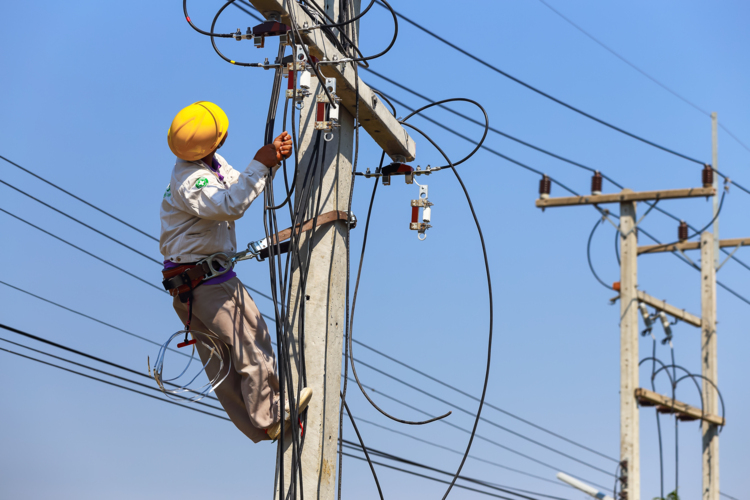 The ongoing communications network technology revolution comes in many shapes – and it wears many names. But one thing they all have in common is that they exist to increase data rates, and to increase the number of applications they support.
The ongoing communications network technology revolution comes in many shapes – and it wears many names. But one thing they all have in common is that they exist to increase data rates, and to increase the number of applications they support.
Today’s denser urban networks have made wireless connectivity so ubiquitous, you perhaps need to find a cave in a remote part of the world to see a smartphone without at least one bar of service. It’s assumed to be as universal as the availability of food, drink and air.
CLICK TO TWEET: CommScope's Baber Abbas explains how FTTA technology forms the basis of wireless/wireline convergence in modern networks.
But our definition of “basic connectivity” is a constantly moving target; what kind of speed can you expect from that one bar of service? What kind of reliability? The appetite for more capacity continues to grow, and the promise of 5G’s incredible speeds is anxiously awaited by a data-hungry public, as I recently wrote in this space.
And what empowers 5G? Network densification – in particular, fiber-connected outdoor small cells.
This kind of fiber-optic connectivity is called fiber to the antenna (FTTA), and it’s a key component in the ongoing convergence between wireless and wireline networks. CommScope’s Metro Cell solutions provide this kind of small-cell FTTA solution, and it’s helping lay the foundation for 5G and smart cities right now.
Watch the Metro Cell FTTA solution video now to see how it works.
At the most basic level, the wireline folks call this FTTA solution a fiber drop, while the wireless team calls the same solution a fiber jumper. The wireline networks do more with a single fiber – they split it, they use wavelength division multiplexing (WDM), they splice in the field. The wireless networks, on the other hand, have not traditionally needed to employ any of these techniques to their fronthaul, given the shorter distances involved in a macro cell, but densification is changing that.
In a traditional macro cell architecture, the baseband unit (BBU) and remote radio unit (RRU) both reside in the same physical location. In this case, the FTTA solution connects BBU and RRU, keeping everything in the domain of wireless networks. However, the newest small cell solutions – including CommScope’s Metro Cell solution – only the RRU remains on the pole. The BBU is remote, centralized with other BBUs or even virtualized in the cloud. Now, the FTTA solution becomes a function of wireline connectivity, extending the fronthaul, connecting RRU and BBU over much longer distances. This is where FTTA technology forms the basis of wireless/wireline convergence in modern networks.
CommScope has long planned for this convergence, seeing the advantages in deployment speed as well as network performance. That’s why we developed the Metro Cell FTTA solution to fill that vital slot in our portfolio, along with antennas, compact combiners and filtering, concealment solutions, cable management innovations, multiport service terminals and fiber-optic splice closures (FOSCs).
As networks continue to evolve, they will evolve further into the converged model that will be a critical part of 5G – and CommScope’s fiber solutions (such as the Metro Cell FTTA solution) are ready to help the world’s networks make that leap.










